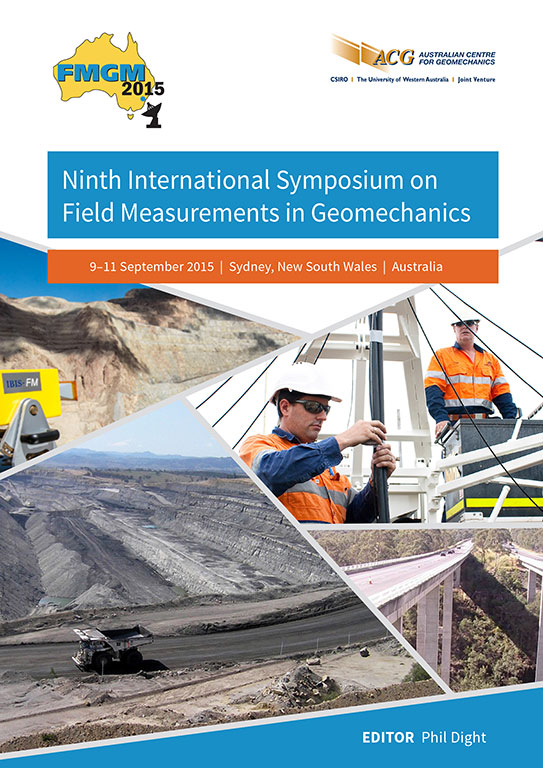Importance of monitoring temperature in the improvement of groundwater models — an example from an open pit mine in Papua New Guinea

|
Authors: de Sousa, E; Fowler, M; Swarbrick, GE |
DOI https://doi.org/10.36487/ACG_rep/1508_34_deSousa
Cite As:
de Sousa, E, Fowler, M & Swarbrick, GE 2015, 'Importance of monitoring temperature in the improvement of groundwater models — an example from an open pit mine in Papua New Guinea', in PM Dight (ed.), FMGM 2015: Proceedings of the Ninth Symposium on Field Measurements in Geomechanics, Australian Centre for Geomechanics, Perth, pp. 501-509, https://doi.org/10.36487/ACG_rep/1508_34_deSousa
Abstract:
Although the use of temperature data in groundwater studies is well-established, temperature measurements are somehow underutilised or neglected in mining hydrogeology. Groundwater models, when calibrated solely with head data, often lead to non-unique solutions, providing similar head distributions as long as the ratios between permeabilities and boundary flows are preserved. The use of temperature data provides an environmental tracer and a proxy for heat and water mass balance, constraining the model parameters and increasing model reliability. A case study from an open pit mine in Papua New Guinea is presented to illustrate the value of temperature measurements. As part of the geotechnical programme, pore pressures and temperatures have been monitored since beginning of mining using vibrating wire piezometers (VWPs). The monitoring of vertical temperature profiles identified the interplay between deep geothermal upflows and low temperature rainfall infiltration. Parameter inversion has been undertaken to estimate rates of geothermal upflow and rainfall infiltration. northeastern portions of the area present lower temperatures close to the surface, resulting from higher rainfall infiltration. The use of temperature measurements not only increased the confidence on the groundwater model parameters, but was also instrumental for the mapping of dual-phase (steam) zones, which is critical for the understanding of the pore pressure distributions.
References:
Cranswick, RH, Cook, PG & Lamontagne, S 2014, ‘Hyporheic zone exchange fluxes and residence times inferred from riverbed temperature and radon data’, Journal of Hydrology, vol. 519, pp. 1870-1881.
Doherty, J 2007, User’s manual for PEST version 11, Watermark Numerical Computing, Brisbane, Queensland.
Drake, J, Bradford, A & Joy, D 2010, ‘Application of HEC-RAS 4.0 temperature model to estimate groundwater contributions to Swan Creek, Ontario, Canada’, Journal of Hydrology, vol. 389, no. 3-4, pp. 390-398.
Keery, J, Binley, A, Crook, N & Smith, JWN 2007, ‘Temporal and spatial variability of groundwater-surface water fluxes: Development and application of an analytical method using temperature time series’, Journal of Hydrology, vol. 336, no. 1
2, pp. 1-16.
Kulongoski, J & Izbicki, J 2008, ‘Simulation of fluid, heat transport to estimate desert stream infiltration’, Ground Water, vol. 46, no. 3, pp. 462-474.
© Copyright 2024, Australian Centre for Geomechanics (ACG), The University of Western Australia. All rights reserved.
View copyright/legal information
Please direct any queries or error reports to repository-acg@uwa.edu.au
View copyright/legal information
Please direct any queries or error reports to repository-acg@uwa.edu.au